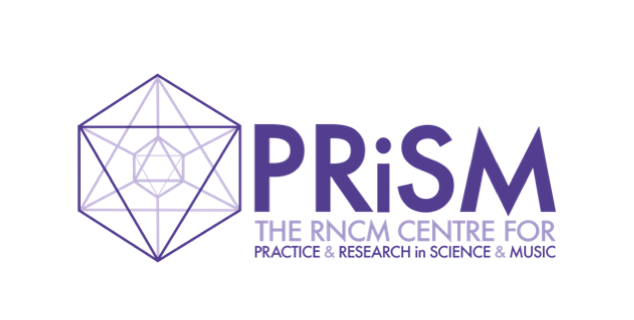[U]nusual [m]etals
18 December 2020
Singing into the quantum bowl – a composer and a chemist share their lockdown conversations
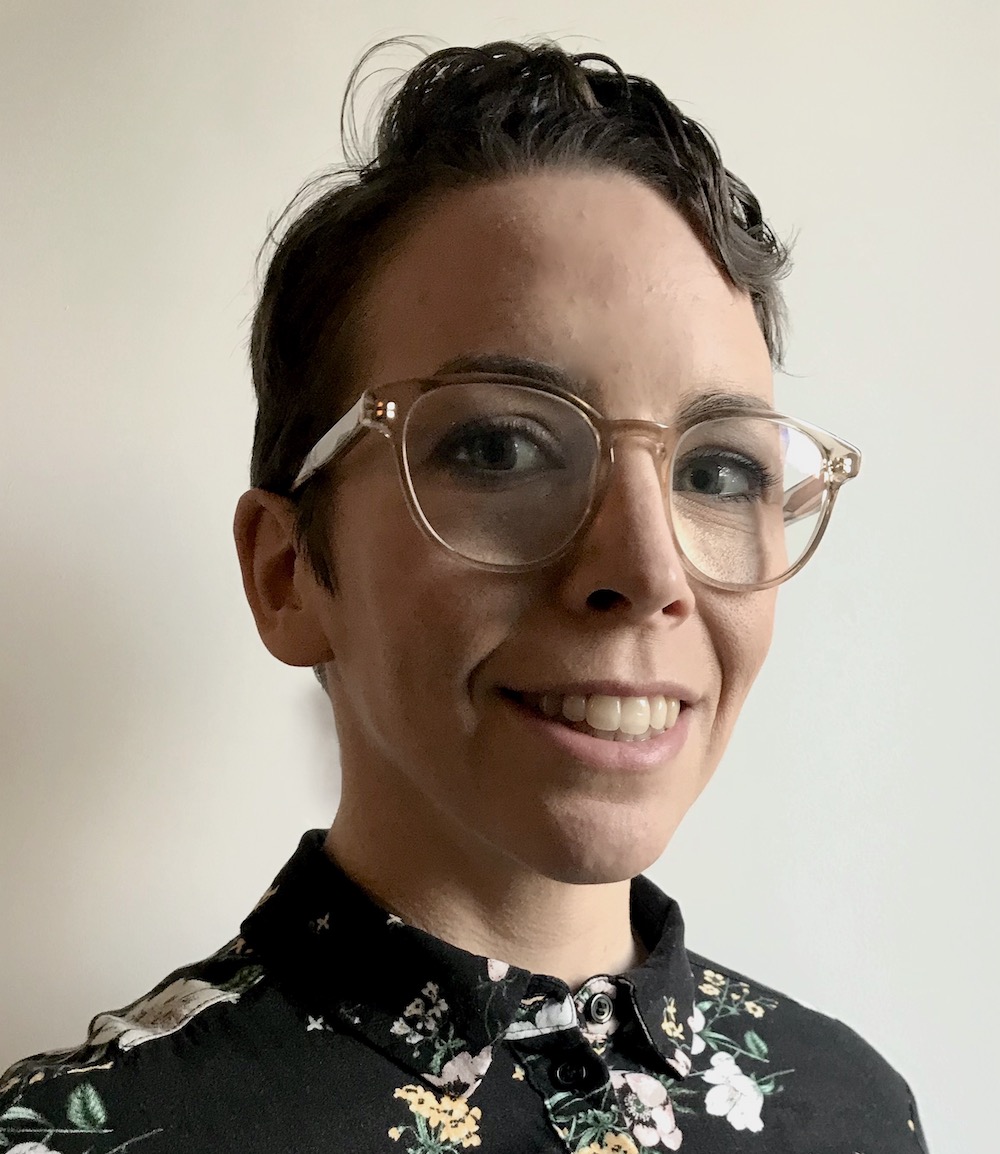
Composer and PRiSM Doctoral Researcher Zakiya Leeming
Professor of Chemistry at the University of Liverpool Mathias Brust and PRiSM Doctoral Researcher and Composer Zakiya Leeming talk about the collaboration that led to the composition and performance of the piece [U]nusual [m]etals.
Zakiya: Mathias and I have had many interesting conversations involving music and science at PRiSM events over the years, but lockdown provided an opportunity to work together for the first time.
Without a specific timeframe or outcome in mind, we started an open-ended conversation over many weeks. Meeting regularly online, Mathias and I were interested in building a dialogue that included musical performance as a significant part of the ongoing conversation. Whilst recording a number of instrumental sounds to send to Mathias, I was struck by how the physical properties of the singing bowl made me think of wave/particle duality, a fundamental concept underpinning his research.
Mathias: We know waves as periodic oscillations that propagate in space and time, best seen on water. They can interfere with each other or interact with obstacles resulting in new patterns. Light is a wave and behaves in the same way. However, it can also be considered as a beam of fast travelling particles called photons. It is indeed both, this is a concept known as wave/particle duality.
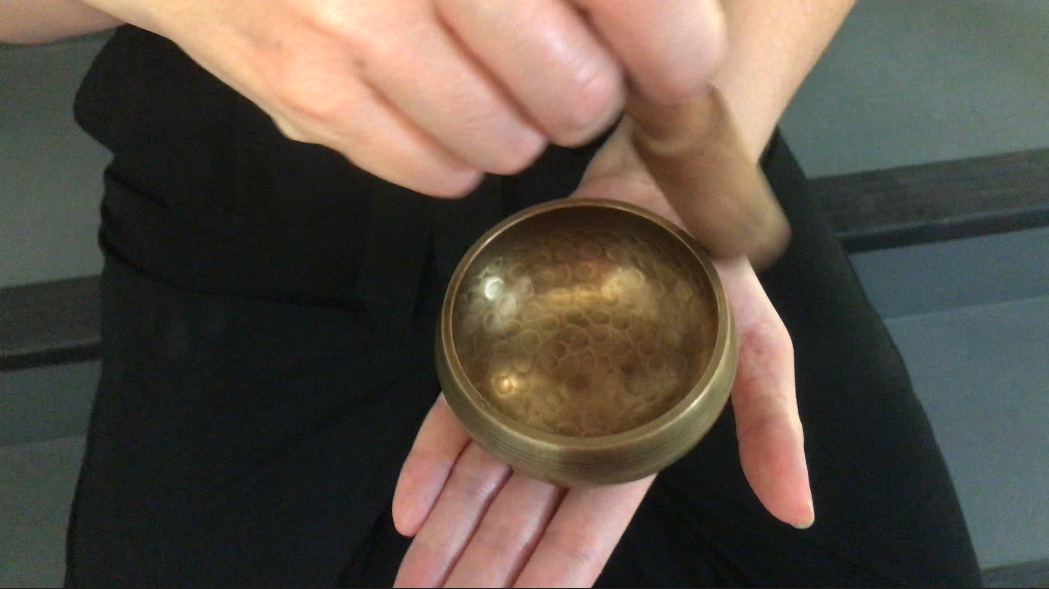
Zakiya playing the singing bowl in the video for [U]nusual [m]etals
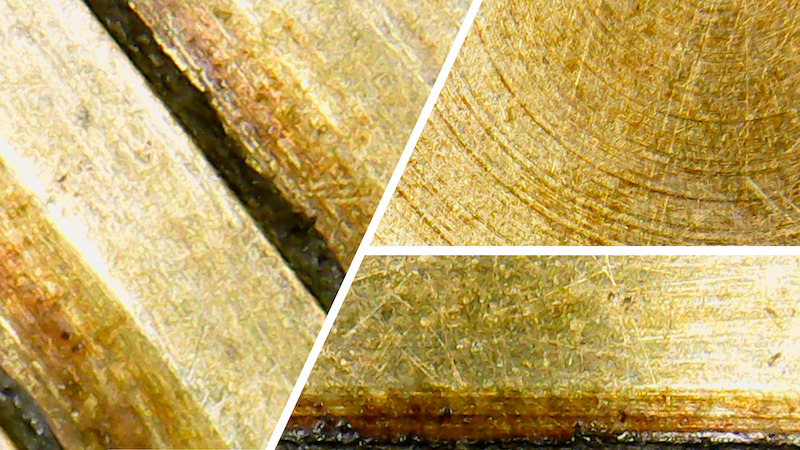
Images of the singing bowl surface taken with a digital microscope. Part of the visual progression in the video performance, looking at the bowl from a distance compared to looking at the detailed structure of the metal. This was a visual mirror of the audio’s progression through the layers of partials, audio artefacts and fundamental tone as an investigation into the properties of its sound.
Having developed [U]nusual [m]etals to explore these thoughts musically, I decided to present this to Mathias in the form of an audio/visual piece premiered online by Incógnito in June. This gave me the opportunity to test the possibility of communicating through music without the aid of verbal explanation. Future pieces will probably follow an iterative strategy of collaboration, but this was a test to gauge how well we were responding to the concept through the music itself. The result was positive on both accounts. Mathias was able to recognise my exploration of the sound properties of the bowl as an allusion to his subject, and found it to be an interesting view of the phenomenon.
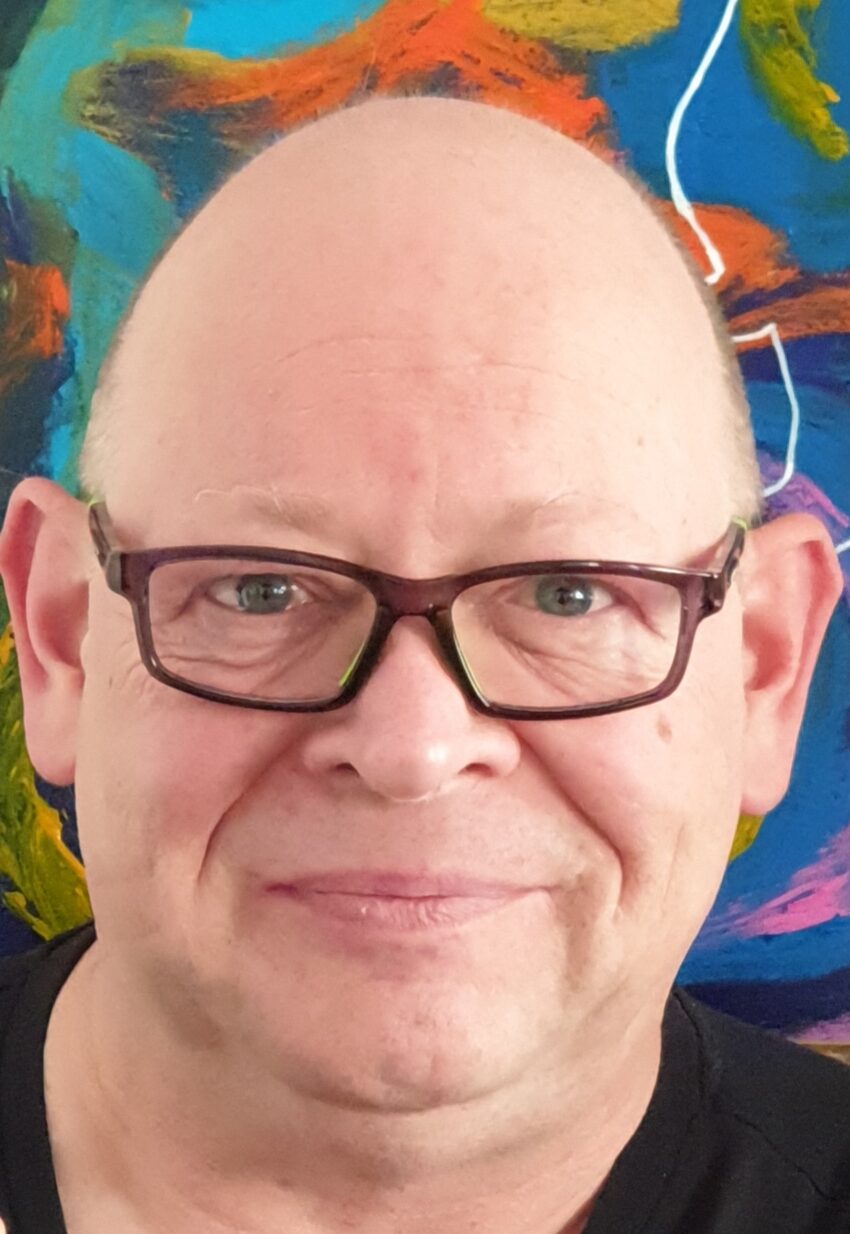
Mathias Brust, Professor of Chemistry at Liverpool University
Mathias: I was fascinated by how perfectly this instrument captured the concept…the lingering non-located sound as the standing wave of the delocated electrons in the metal, and the scratches and collisions with the beater as manifestations of located particles, collapsed wave functions, perhaps due to imperfections in the metal. I interpreted the electronically filtered overtones as energy levels, perhaps empty orbitals.
Zakiya: Since the premiere of this piece, we have been working on a number of others born from the conversations we begun during the first lockdown. These include sketches for a piece on the Marangoni effect for small ensemble that I was privileged to be able to hear in a workshop between the two lockdowns, and an exploration of extended acoustic guitar techniques that build on the language we began developing around quantum vs classical interactions.
Given the circumstances that gave rise to this opportunity to collaborate with Mathias, it is intriguing to me that my overriding experience was one of freedom from expectation and boundaries of discipline, rather than any sense of restriction. It is my intention that we carry this spirit of open exploration with us as we continue our dialogue.
Mathias: Having seen how, through the lens of a composer, a physical phenomenon can be expressed artistically in sound (and pictures), and how the piece becomes a representation of it, I wonder if this can give us a new perspective that can eventually yield new insight. It is difficult to distinguish if this new perspective is generated by the interaction with the composer, i.e. by talking about the subject with someone who has new and specific questions, or by the eventual confrontation with the performed piece. Both matter.
About The Authors
Zakiya Leeming is a PRiSM Doctoral Researcher and composer at the RNCM, whose work explores how musical composition can be informed by patterns and processes from science. She is also a founding member of The Incógnito Project, a composer collective creating events to promote collaboration between practitioners of all disciplines, from visual arts and theatre through to software coding and health.
Mathias Brust is Professor of Chemistry at the University of Liverpool specialising in the properties and applications of gold nanoparticles.

